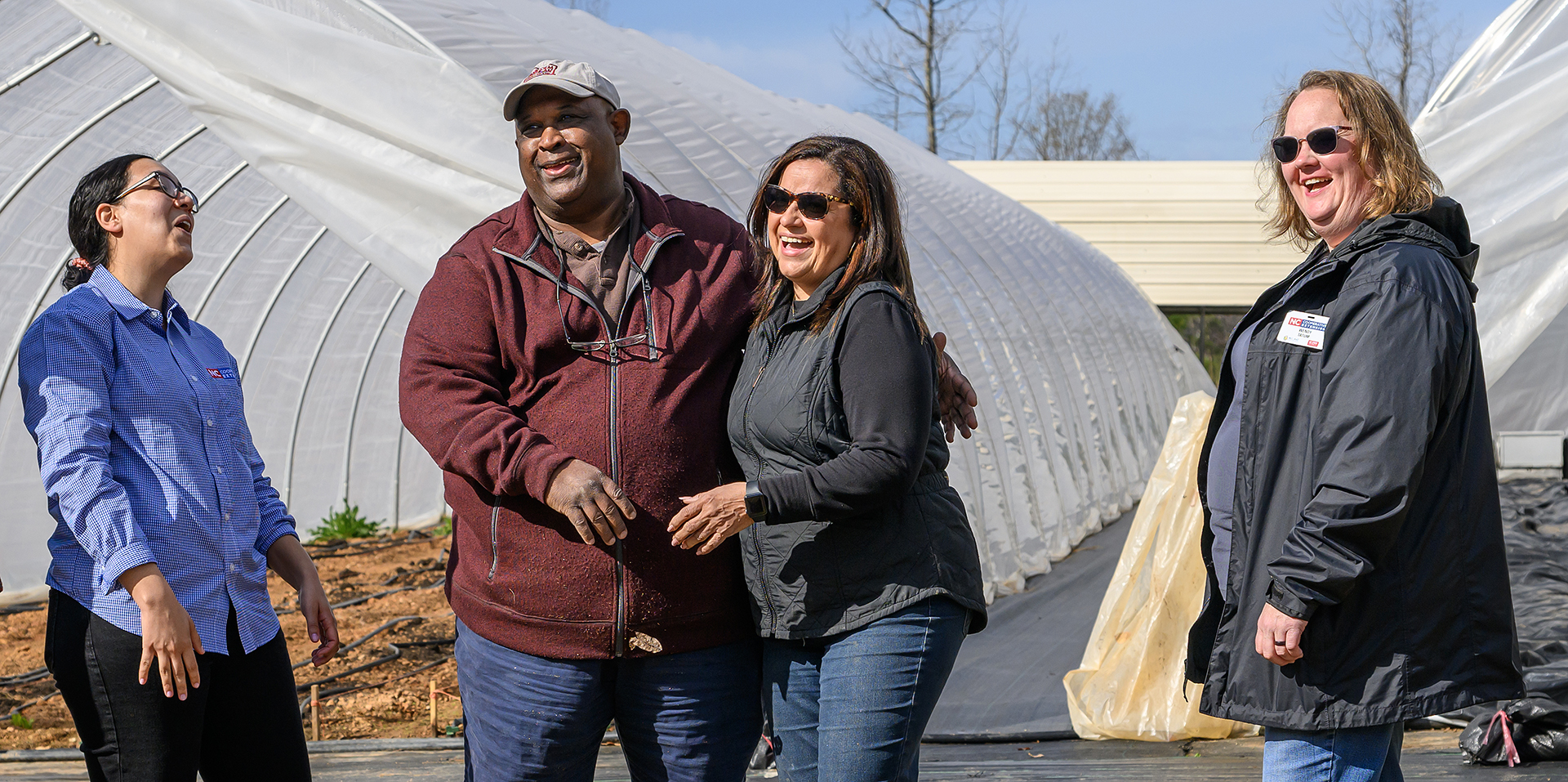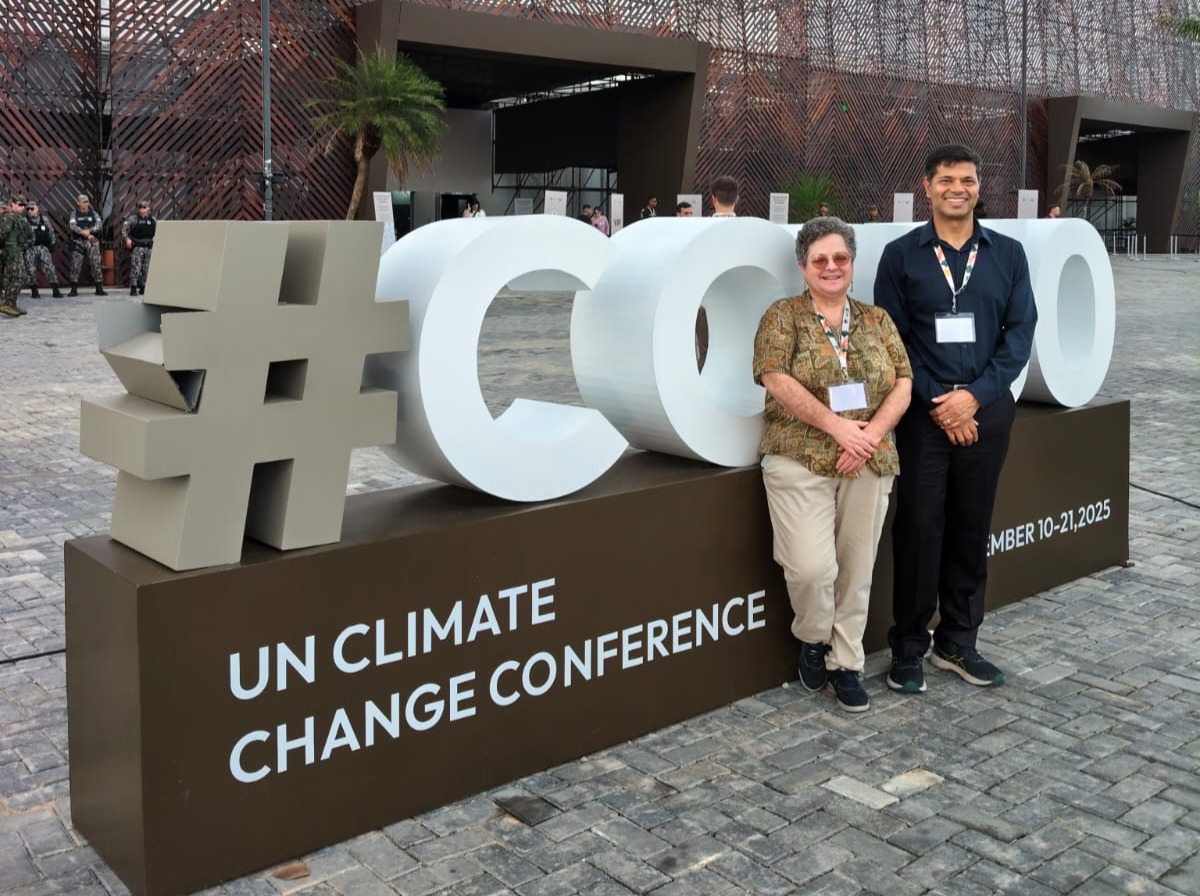Türkiye ranks first worldwide in seven agricultural products – Hürriyet Daily News

Report on Türkiye’s Agricultural Sector and its Contribution to Sustainable Development Goals
Executive Summary
This report analyzes the agricultural output of Türkiye, based on data from the Agriculture and Forestry Ministry. The findings indicate that Türkiye is a leading global producer, holding the top position worldwide for seven key agricultural products and ranking within the top three for 22 products. This significant production capacity directly supports several United Nations Sustainable Development Goals (SDGs), most notably SDG 2 (Zero Hunger) by enhancing global food security, and SDG 8 (Decent Work and Economic Growth) through its contribution to the national economy.
Global Leadership in Agricultural Production
Türkiye’s agricultural sector, utilizing 38.6 million hectares of farmland, plays a critical role in global supply chains. The nation’s leadership in specific crop categories underscores its contribution to achieving SDG 2 (Zero Hunger) by ensuring a stable supply of essential food products for the global population.
- Global Rank #1: 7 agricultural products
- Global Top 3: 22 agricultural products
- Total Farmland: 38.6 million hectares
Analysis of Top-Ranked Agricultural Products
Türkiye’s dominance in the production of several specialty crops is a key driver of its agricultural economy, aligning with SDG 8 by fostering economic growth and securing its position in international trade. The country leads global production in the following categories:
- Hazelnuts: Türkiye produces 650,000 tons, accounting for over 50% of the world’s 1.12 million-ton supply.
- Cherries: With a harvest of nearly 737,000 tons, Türkiye contributes approximately 25% of the total global output of 2.97 million tons.
- Apricots: The nation is the world’s largest producer with an annual output of 750,000 tons.
- Figs: Türkiye holds the top position with an annual production of 356,000 tons.
- Quinces: Production stands at 192,000 tons from a global total of 687,000 tons.
- Carob: The country leads global production with 24,561 tons.
- Poppy Seeds: Türkiye produces 7,922 tons of the world’s 10,578-ton supply.
Additionally, the country ranks second worldwide in the production of cucumbers and sour cherries (morello), further solidifying its role in global food markets.
Alignment with Sustainable Development Goals
Türkiye’s agricultural prowess is intrinsically linked to the successful implementation of multiple SDGs. The scale of production necessitates a focus on sustainable practices to ensure long-term viability.
- SDG 2 (Zero Hunger): By being a top global producer of numerous crops, Türkiye makes a substantial contribution to world food supplies, enhancing food security and helping to combat hunger.
- SDG 8 (Decent Work and Economic Growth): The agricultural sector is a cornerstone of the Turkish economy, providing employment and driving economic growth through robust domestic production and exports.
- SDG 12 (Responsible Consumption and Production): The high volume of output highlights the critical importance of implementing sustainable agricultural practices to ensure efficient resource use and minimize environmental impact, securing food systems for future generations.
- SDG 15 (Life on Land): The management of 38.6 million hectares of farmland presents an opportunity and a responsibility to promote sustainable land-use practices that protect biodiversity and maintain ecosystem health.
Analysis of SDGs, Targets, and Indicators
1. Which SDGs are addressed or connected to the issues highlighted in the article?
-
SDG 2: Zero Hunger
The article directly relates to SDG 2 as it focuses on agricultural production, which is fundamental to ending hunger, achieving food security, and promoting sustainable agriculture. The text details Türkiye’s significant contribution to the global food supply by highlighting its leadership in producing various crops.
-
SDG 8: Decent Work and Economic Growth
The article connects to SDG 8 by showcasing Türkiye’s strong economic performance in the agricultural sector. By being the world’s top producer of seven products and a top-three producer in 22, the country demonstrates high levels of economic productivity and specialization, which contribute to national economic growth and its influential role in global supply chains.
-
SDG 12: Responsible Consumption and Production
The article touches upon the “production” aspect of SDG 12. It details the massive scale of agricultural output (e.g., “750,000 tons” of apricots, “650,000 tons” of hazelnuts) from a finite amount of land (“38.6 million hectares of farmland”). This implies a focus on production efficiency, a key component of sustainable production patterns.
2. What specific targets under those SDGs can be identified based on the article’s content?
-
Target 2.3: Double the agricultural productivity and incomes of small-scale food producers.
While the article does not specify the scale of producers, it heavily emphasizes agricultural productivity. The data on Türkiye’s massive output (e.g., producing “more than half of global output” of hazelnuts) and its top global rankings are direct measures of high agricultural productivity, which is the core of this target.
-
Target 8.2: Achieve higher levels of economic productivity through diversification, technological upgrading and innovation.
The article supports this target by illustrating Türkiye’s economic productivity and diversification. It states the country produces a “wide range of goods, from fruits and vegetables to grains and strategic crops” and has “consolidated its position as one of the world’s leading agricultural producers,” which points to a highly productive and diversified agricultural economy.
-
Target 12.2: By 2030, achieve the sustainable management and efficient use of natural resources.
The article implies a connection to this target by mentioning the country’s total farmland (“38.6 million hectares”) and the substantial production volumes derived from it. Achieving the status of the world’s largest producer in multiple crops suggests an efficient use of this natural resource (land) to maximize output.
3. Are there any indicators mentioned or implied in the article that can be used to measure progress towards the identified targets?
-
Volume of production and global market share
The article provides specific quantitative data that serve as direct indicators of agricultural productivity and economic output. For example, it states Türkiye produces “750,000 tons” of apricots, “nearly 737,000 tons” of cherries, and “650,000 tons” of hazelnuts. These figures can be used to measure progress for Target 2.3. The mention of market share, such as producing “around 25 percent of global output” for cherries, is an indicator of economic competitiveness relevant to Target 8.2.
-
Land use and yield
The article mentions Türkiye has “38.6 million hectares of farmland.” This figure, when combined with the specific production volumes for various crops, can be used to calculate yield (production per hectare). Yield is a primary indicator for measuring agricultural productivity (Target 2.3) and the efficient use of natural resources (Target 12.2).
-
Global Production Rankings
The article’s emphasis on Türkiye “ranking first globally in seven key crops” and securing a “top-three position in 22 products” serves as a qualitative and comparative indicator of the country’s high agricultural productivity and its significant position in the global economy, aligning with the goals of both SDG 2 and SDG 8.
4. Summary Table of SDGs, Targets, and Indicators
| SDGs, Targets and Indicators | Targets | Indicators |
|---|---|---|
| SDG 2: Zero Hunger | 2.3: Double the agricultural productivity and incomes of small-scale food producers. | – Total volume of production for specific crops (e.g., “750,000 tons” of apricots, “650,000 tons” of hazelnuts). – Global production rankings (“ranking first worldwide in seven agricultural products”). |
| SDG 8: Decent Work and Economic Growth | 8.2: Achieve higher levels of economic productivity through diversification, technological upgrading and innovation. | – Share of global output (“around 25 percent of global output” of cherries). – Production of a “wide range of goods” as evidence of diversification. – Status as a leading global producer and role in “global supply chains.” |
| SDG 12: Responsible Consumption and Production | 12.2: Achieve the sustainable management and efficient use of natural resources. | – Total farmland area (“38.6 million hectares of farmland”) relative to total production volume, implying land use efficiency/yield. |
Source: hurriyetdailynews.com
What is Your Reaction?
 Like
0
Like
0
 Dislike
0
Dislike
0
 Love
0
Love
0
 Funny
0
Funny
0
 Angry
0
Angry
0
 Sad
0
Sad
0
 Wow
0
Wow
0



















































.jpg.webp?itok=0ZsAnae9#)


























